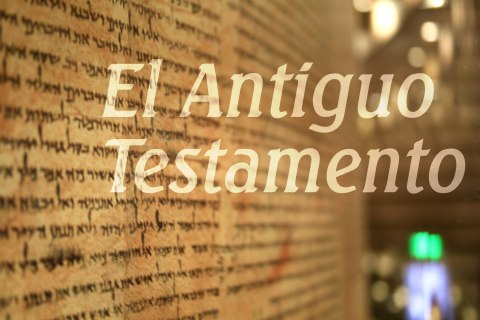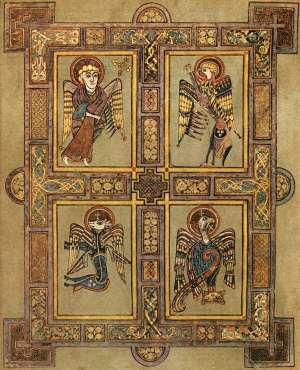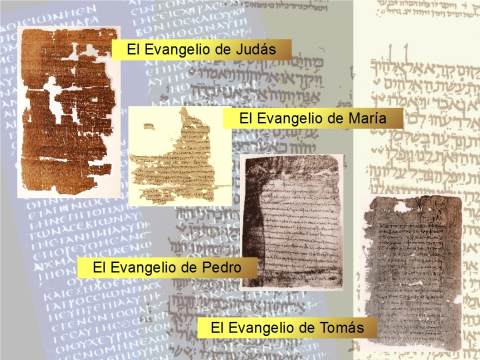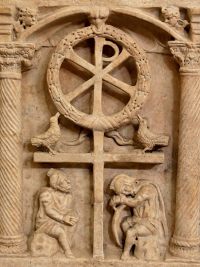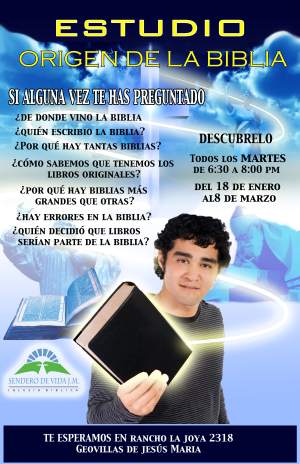Where did the Bible come from? Week 4 (about lice)
This past Tuesday was the fourth week of the new study (there will be seven weeks altogether). In a dramatic change of pace, we found ourselves discussing the story of Javier the louse.
It’s taken me quite a while to wrap my mind around how the Bible has been transmitted to us through centuries of copying. Sometimes this is presented to us as a bad thing, as if something was being copied and recopied to the extent that we no longer have any idea what the original really was.
In reality, that’s not the case at all. In fact, I made the case that this was a brilliant way for God to preserve His Word. Far better than it would have been if He had given us the New Testament in the age of photocopiers, cameras, and the internet. And far better than it would have been if we had a series of copies where no errors had ever been made.
Instead of trying to explain it, I tried to show it.
 |
It went all right – I think the idea needs some refining, but it worked. For some odd reason I completely left out the last 10 minutes of my talk, though – I guess I’ll tack some of it on next week!
What I did essentially was actually create an imaginary manuscript history. I wrote a page of a story about Javier the louse, then gave it a complex history of being copied (similar to the New Testament manuscript history), which included 3 locations, various different "errors", and even intentional alterations to the story. 600 years of manuscripts were created, some complete, some fragments, a whole bunch almost completely missing from one area (due to severe louse persecution, I suppose). So three groups ended up with … I forget, maybe 50 manuscripts and fragments.
Then they had to see if they could figure out what the original said.
If it didn’t help anyone else, it did help me to see just how hard it was to actually corrupt the text when it was being transmitted and copied the way the New Testament text was. And here I was making many more constant, intentional errors than would have been made in real life.
Of course I won’t take the time to explain it all here – but hey, maybe sometime if I’m in the area I can try it at your church. It’s an interesting way to see exactly how God providentially spread His Word over a couple of millenia.
Over the next three weeks, I hope to pull things together so that people can really remember and use what they’ve learned. But there’s a lot to be done still. Next week’s topic is the canon. You know, that index of Bible books that there’s been so much discussion about.
Incidentally, except for one group that just ran out of time, no one had trouble getting to the original text about Javier the Louse in a very short period of time. So we really can know the real Javier. 😉

